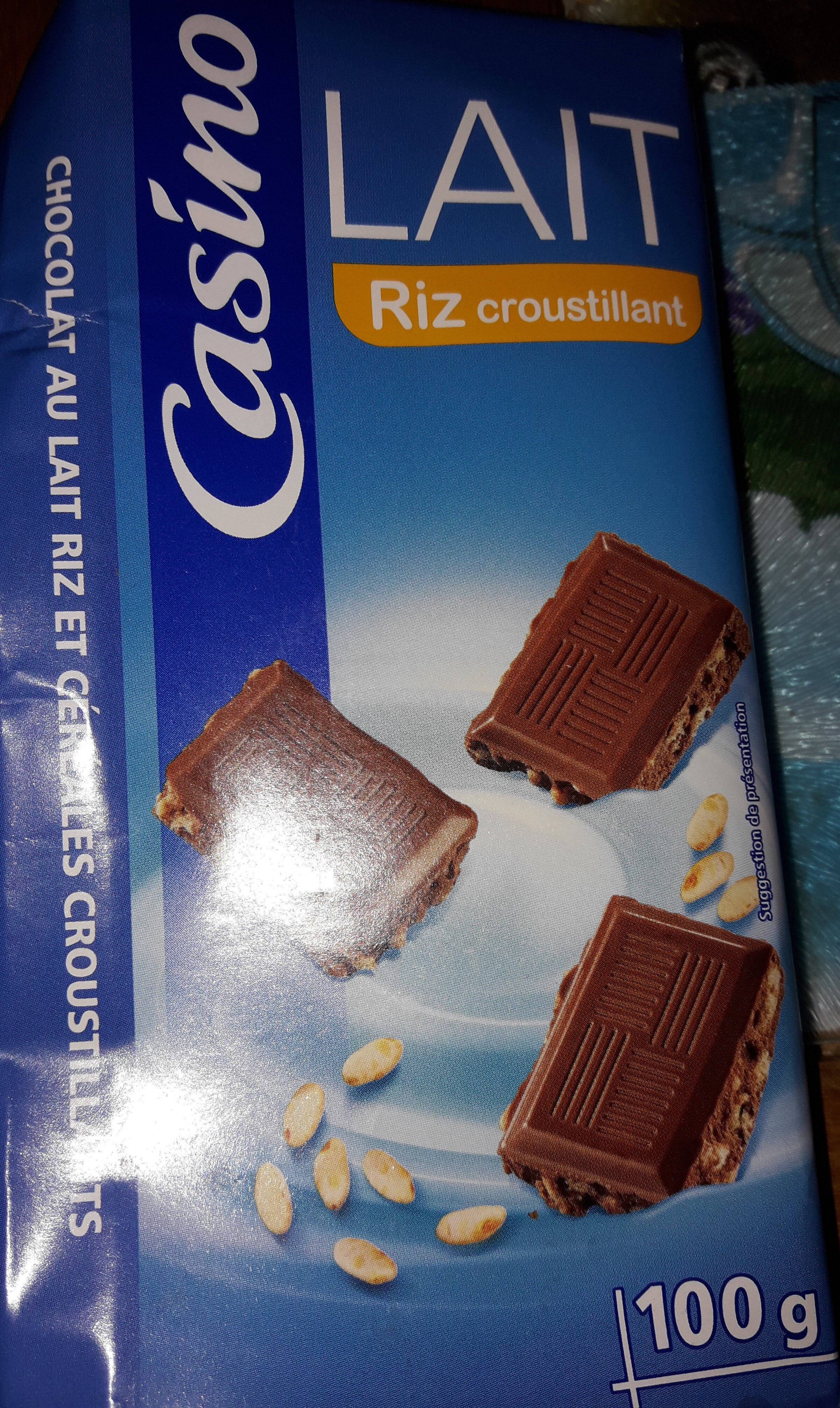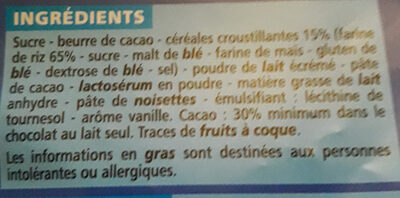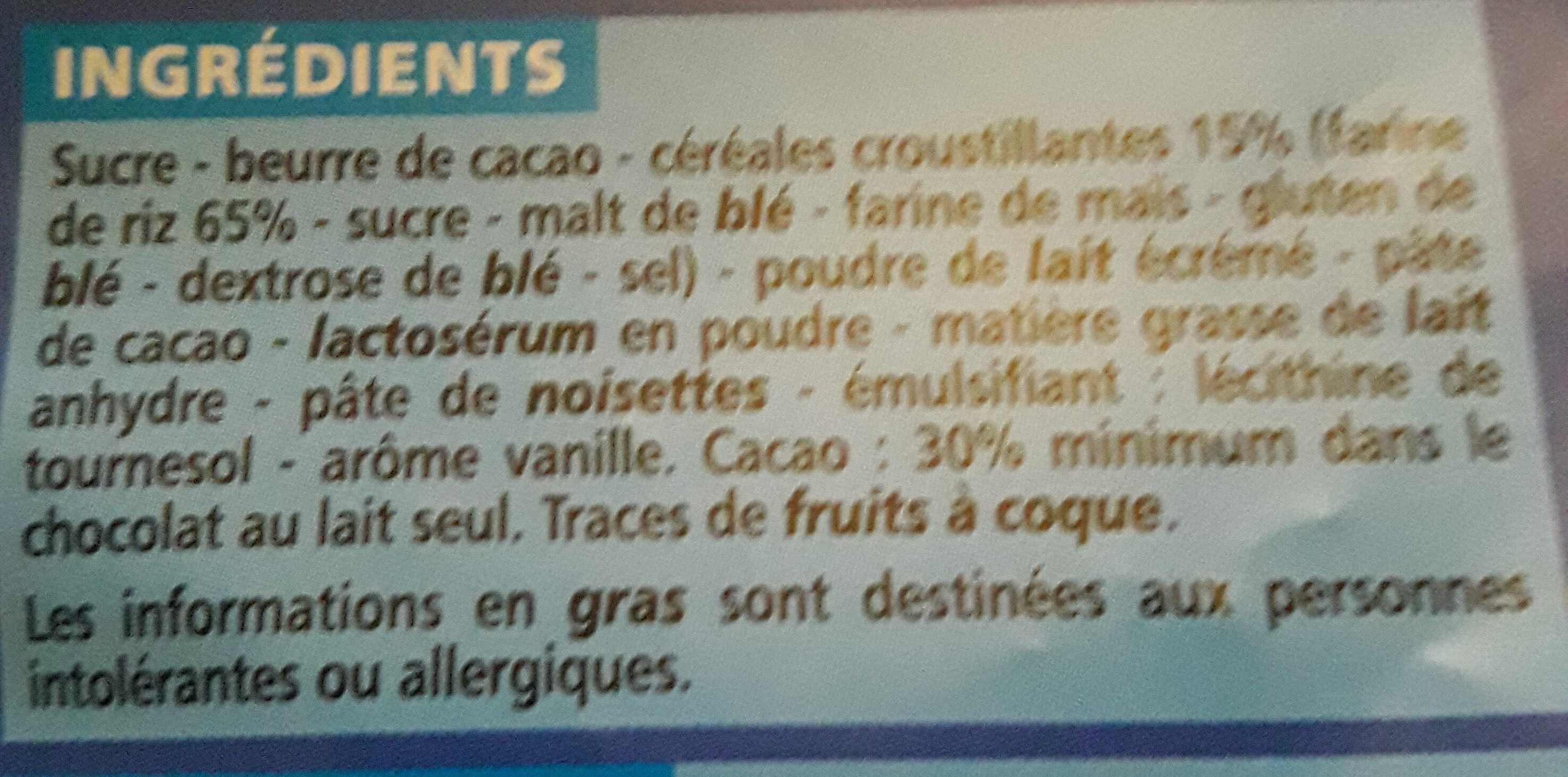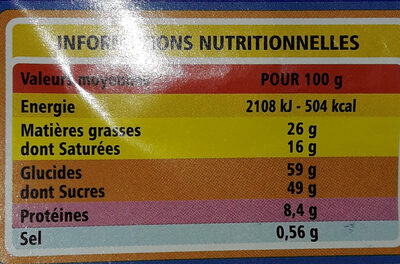Lait riz croustillant - CASINO - 100 g
This product page is not complete. You can help to complete it by editing it and adding more data from the photos we have, or by taking more photos using the app for Android or iPhone/iPad. Thank you!
×
Barcode: 3222470004969 (EAN / EAN-13)
Common name: Chocolat supérieur au lait et aux céréales croustillantes
Quantity: 100 g
Packaging: Tray
Brands: Casino
Categories: Snacks, Sweet snacks, Cocoa and its products, Chocolates, Milk chocolates, Rice chocolates, Rice milk chocolates
Traceability code: EMB 66136 - Perpignan (Pyrénées-Orientales, France)
Stores: Casino
Countries where sold: France
Matching with your preferences
Environment
Carbon footprint
Packaging
Transportation
Other information
Other information: Dénomination légale Adresse du distributeur Gencod Logo éco-emballage Poids net.
Conservation conditions: A conserver à l'abri de l'humidité et de la chaleur à une température idéale de 18°C à 20°C. - A conserver à l'abri de l'humidité et de la chaleur à une température idéale de 18°C à 20°C.
Recycling instructions - To recycle: Feuille papier et feuille métal à recycler
Report a problem
Data sources
Product added on by frvipofm
Last edit of product page on by packbot.
Product page also edited by casino, date-limite-app, desan, quechoisir, tacite, theo38, yuka.RjQweVBhUU9pdGtibU1FZW9ncngzK3Nybm8yUllHZXhKTmdVSWc9PQ.










